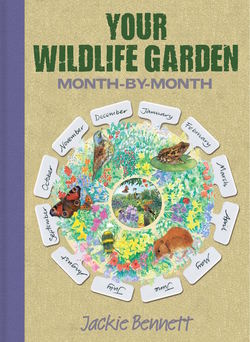Читать книгу Your Wildlife Garden - Jackie Bennett - Страница 11
На сайте Литреса книга снята с продажи.
MAKING PLANS
ОглавлениеThis is the best month for planning out a new garden layout. Even if you only envisage a few minor changes, it is a good idea to try them out on paper beforehand. If you are starting with a bare plot or considering a fairly major project like digging a pond or planting a mini-woodland, it is essential to think it through in some detail before you ever put spade to earth.
Habitat/Feature
CHECKLIST
Pond
Marsh/bog area
Mature living trees
Old hollow/fallen trees
Young trees
Climbing plants
Native mixed hedge
Compost heap/bin
Bird table
Bird/bat boxes
Berry-bearing shrubs
Nectar-rich flowers
Untidy corner
Long grass/meadow area
Consider first of all which features already in the garden are useful to wildlife — mature trees, for instance, a compost heap or a pond of some kind. Use the list above to identify elements you want to keep. Draw a rough plan of the garden and mark in these features. Next, decide which features could be improved to make them more wildlife friendly, such as adding stepping stones to a steep-sided pond or replanting an existing border with nectar-rich flowers. You might wish to turn part of the lawn over to a wildflower meadow but, before you do, consider which areas it would be practical to grow long and which parts you really need to keep as a conventional lawn. Be prepared to play around with this plan — all winter if you have to. Try all sorts of combinations, bearing in mind how much work they will involve, until you are happy that the layout is one that will suit you and your lifestyle, as well as the needs of the wildlife you want to attract.
